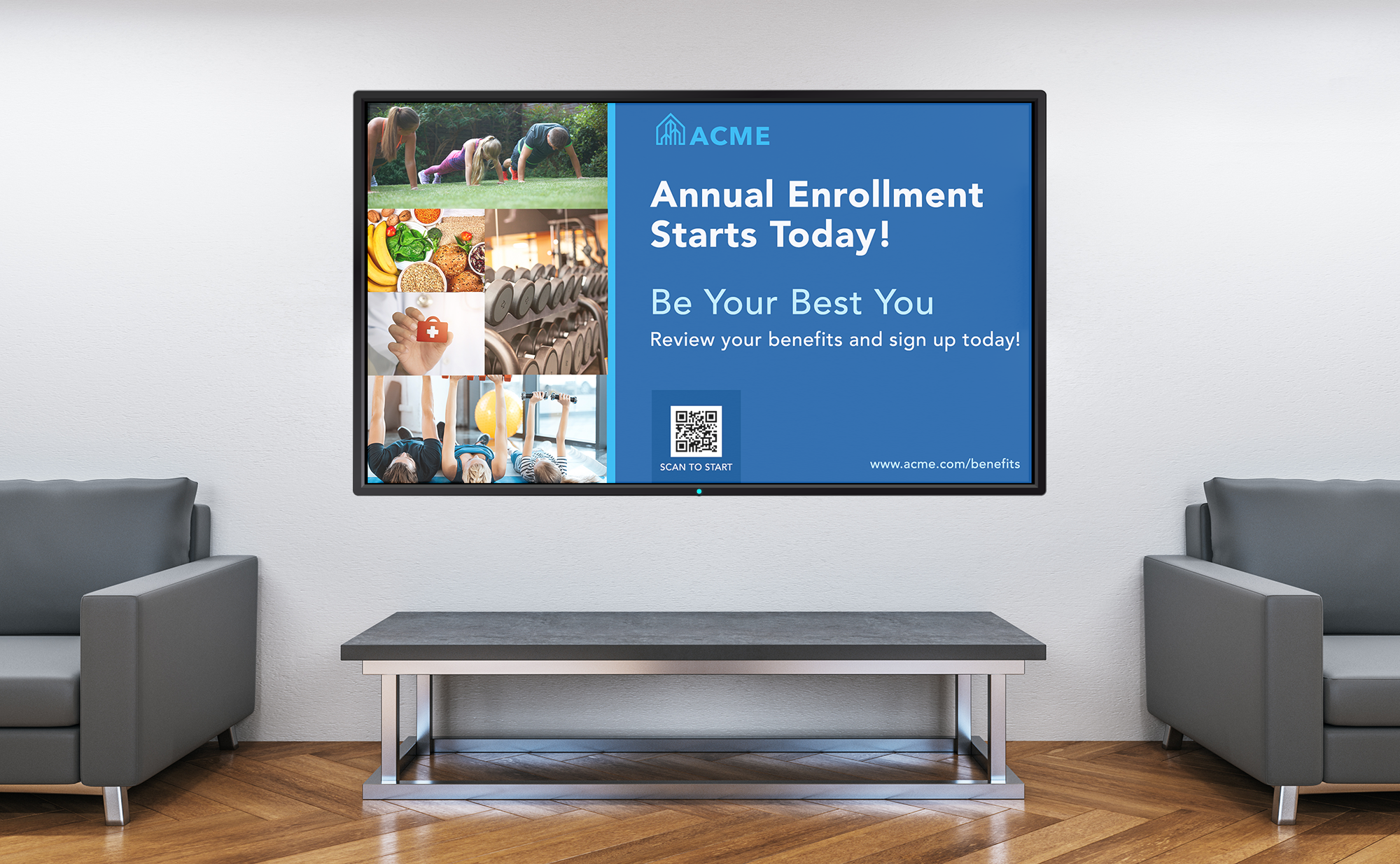In the months and years to come, there will be no shortage of articles and insights that speak to the after-the-fact impact of the pandemic on lives and companies. But right now is a critical time to be thinking about how you and your leaders spoke during this eventful time. How did each leader choose to communicate with workers? As teams feared for their health and jobs, what was the voice you adopted to help them feel respected and supported? What was your voice of employee engagement?
The simple fact of remote working forced communication compromises on leadership for many organizations. There would be no well-orchestrated, mandated-attendance town hall in the large foyer meeting space or cafeteria. Unexpectedly, perhaps, these disruptions gave rise to a valuable new form of leadership visibility. CEOs were now speaking to their entire team from their kitchen counter, recording or streaming an iPhone video to share important updates and boost morale.
This very direct form of leadership communication was instrumental in creating a workplace experience that said, “We’re here for you.” More frequent, more authentic blogs, podcasts and on-the-spot videos helped organizations succeed through truly challenging times. Even as companies begin a return-to-office, challenges will continue. How will you continue to leverage the success of these new communication strategies with workers?
Early in the crisis, analyst and leadership advisor Josh Bersin called for “The Big Reset” — a time to “make digital work thrive…new tools, rules, and norms will be established, and those will be with us for decades.” Many will turn to a workplace experience platform to maintain what they’ve begun, break free of the past, and explore new opportunities with content management systems, two-way communications with workers, mobile employee apps, and digital signage. One thing’s for certain: after 2020, your leadership communications strategy cannot look like any other year.
The Benefits of Disruption

Tradition is a powerful force. In any other given reality, the C-Suite would have been comfortable continuing with a canned message of “Business as usual.” Instead, “real talk” took hold out of necessity — CEOs had their kids in the background on Zoom calls, just like everyone else. But the net effect of this “keeping it real” proved to be an avenue for necessary human emotion, acknowledging pain and uncertainty felt by employees and customers.
It should come as no surprise (but perhaps it was) that people wanted to hear from leadership not in corporate=speak — but through their personal experience. When employees can DM with their favorite celebrities on Twitter, it’s to be expected that they feel they can see and hear from the important decision makers in their own company.
More than one executive has confessed, “I thought I was a good communicator…” — now realizing it wasn’t enough, and pledging more frequent, more intentional communication. And among the leaders that adapted, many have thrived doing so. That’s taken the form of twice-a-week notes that include pictures and videos, and encouragement to staff to reach out with their suggestions, needs or troubles — making communication less of an announcement and more of a conversation.
As leadership has discovered along the way, with workplace experience platforms driving communications, this doesn’t have to be an impersonal all staff. Different people respond to multiple forms of content, and targeting to specific teams can vary the format — push messages, video, text — as well as the message.
It’s also led leaders to take stock of how they run meetings. In the “old days” the workplace conference room was the center of the corporate world, with those at the table dominating any remote employees resulting in very unequal voices in the workplace. The experience of everybody having to call/video into a meeting has increased the volume of those outside any perceived “core group,” creating many more meaningful “look me in the eye” moments — and spotlighted the need for more inclusivity in future hybrid employee collaborations.
A Brief Employee Engagement Survey
While not exactly by design, leadership’s expanded role as a type of “internal communicator in chief” is balancing out deficiencies and inequalities that employees have long suffered with.
- 4 out of 5 employees want to hear from their leader more often about how the company is doing
- Just 10% are aware of their company’s progress in real time
- 74% of employees feel they are missing out on important information at work
- Over 90% surveyed said they would rather hear bad news than no news
According to these percentages of employees, poor communication overall is to blame for a host of workplace issues:
- 52%: higher stress level
- 44%: failure to complete projects
- 31%: missed performance goals
- 20%: lack of innovation
- 18%: lost sales opportunities
Email is not the solution. The average inbox gets and sends more than 120 each day, and 71% of employees say they don’t read or engage with company emails at all. Transforming communications into a full employee engagement experience is unlocking new perspective and long-term benefits.
A New Employee Engagement Strategy

As locations reopen and certain business patterns re-emerge, the temptation to return to “the way things always worked” will be strong. Resist! Remote work flattened the flow of communications and made managers less comms gatekeepers and more communication enablers. The earned trust from this new leadership communication is too valuable, and the opportunities to build on that further are extraordinary, especially with the capabilities of a strong employee engagement platform.
For leaders, this type of platform can drive an ongoing stream of diverse content across a multitude of channels. A built-in content management system will provide templates to easily create and publish highly visual communications that are proven to garner likes, comments, and shares. Continuing in the vein of “keep it real,” leaders should consider the use of emojis and GIFs — the type of fun content employees are used to seeing and engaging with on social media, and which can help make workplace interactions more dynamic. As leaders have proven time and again in the last 16 months, video does not need to be an expensive, high-production endeavor. Everyone’s mobile phone is in effect a pocket movie studio, a low-cost, high impact communication tool.
Leaders can channel this employee engagement strategy across digital signage, kiosks, and mobile apps to feature:
- Daily blogs from the leadership team to connect everyone to company goals and mission
- Targeted communications that deliver timely, relevant information to groups within the business
- Channels for two-way feedback so employees can have a voice
- Digital hubs (such as a modernized intranet) to host specific resources and topics
And the workplace experience platform that makes this possible also gives those same leaders real time insights into what’s going on with these communications. Integrated analytics are able to tell you the percentage of employees who open or interact with content, the time-of-day employees are engaging, and their preferred format and device.
Your executive internal communicators will do well to review this data and use it to further improve the exchange. Some things may be practical, in terms of sending a follow-up push notification to an employee who didn’t interact with a piece of content. But other learnings may be more personal. In terms of recognizing workplace productivity, you may discover some team members who crave the spotlight — and some who shy away from it. This can help leaders choose between more public and private ways to champion individual employees to have the most impact.
The Manager & Workplace Culture

The next normal will be about creating dialogue and building engagement with a workforce that’s more disperse, mobile and tech-savvy. As leaders continue to polish their updated communication skills, they can leverage the values of the company to connect with different personality types throughout the company.
Targeted communications can speak to the survivors, the adapters, and the thrivers — and how they reflect your company’s ability to weather, reinvent and build. Use digital signage to reinforce your workplace culture, by honoring those in the workforce who were most directly affected by the pandemic: the quiet heroes who kept the organization moving, those who volunteered on the frontlines of care, and those who suffered loss.
Employee Engagement — A Boost to Performance
It’s all part of creating a richer employee experience, which both meets a need and provides real benefits. Back to the land of employee engagement surveys:
- 63% of employees want to be informed daily, and 20% want notifications several times a day
- 50% of employees believe manager recognition improves the relationship and builds trust
- 90% of employees in companies with a rewards program believe their work makes a difference
- Employee recognition programs are responsible for a 31% lower attrition
- When at least 80% of employees are made to feel their job is important, there is a 64% drop in safety incidents
Lead from the Future
A report from the IBM Smarter Workforce Institute makes one of the strongest cases for leaders to continue their more authentic and more regular connection with the workforce: “Employees with more positive experiences at work are much more likely to report significantly higher levels of discretionary effort.” To reinvent a bit of timeless business advice: “To succeed as a business, communicate with your employees well.”
Leading through effective, targeted, two-way communications removes fear, drives innovation and speeds positive outcomes. Even if some techniques were born of necessity during a pandemic, these are not crisis plans to be discarded when it’s back to the workplace. They are evolving opportunities for demonstrating a common sense of purpose across a community, with employees looking for leadership and ways to be engaged at their highest professional level.
The bottom line is that personalized, relevant content is the absolute must of today and tomorrow. And workplace experience platforms are the agile technology that can make it happen for your organization: giving employers the power to create, filter, publish and analyze meaningful communications across the screens, locations and people that make up your enterprise. While the future of employee communications will be digitally driven, it is all about bringing employees together through experiences that establish emotional connections between people and their work.
We live — and do business — in times of change. “Change” is that time when employees crave leadership more than ever. Whether it’s from your kitchen table or a boardroom, alongside your dog barking or the C-Suite talking…
Become the one to communicate the way forward.









